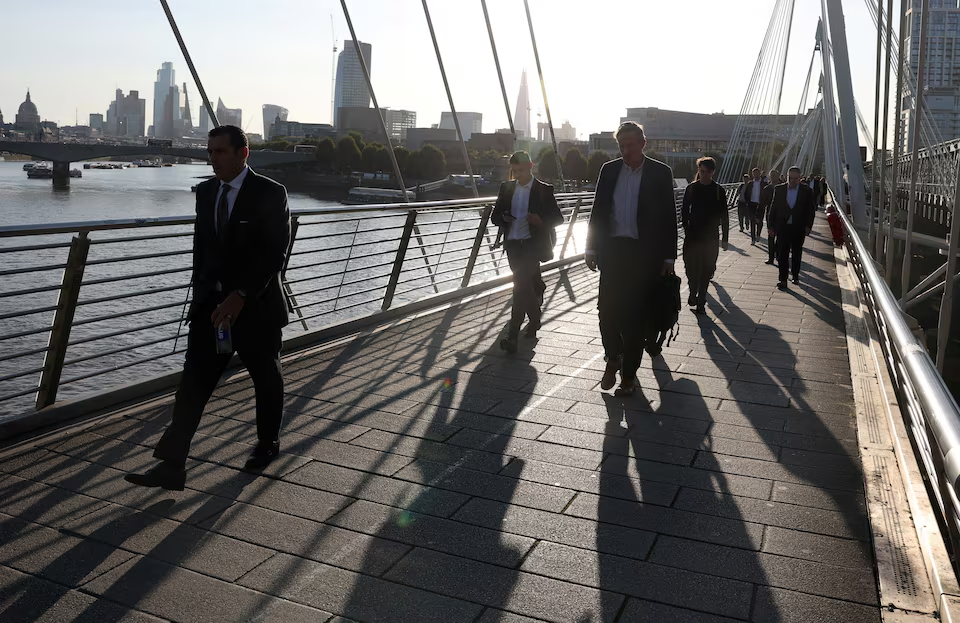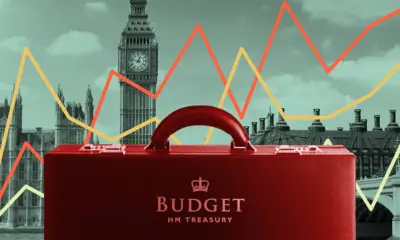News & Updates
UK Pay Growth Stalls at Lowest Level in Four Years, IDR Survey Finds

Pay growth across the UK has slowed to its weakest pace in nearly four years, according to new data that highlights growing pressure on households as inflation cools but living costs remain high.
A survey released by Incomes Data Research (IDR) found that the median pay award for British workers held steady at just 4 percent in the three months to October, the lowest since late 2020. The figure represents a sharp slowdown from the pay surges seen during the height of inflation in 2022 and 2023, when employers were raising wages aggressively to retain staff amid labour shortages and soaring prices.
IDR’s analysis covered around 50,000 pay settlements across both the public and private sectors. The results show that while pay growth has stabilised, few companies are planning significant wage increases in the coming months. Many employers now say they are focused on cost control rather than expansion, as the economy remains sluggish and margins thin.
“Pay awards are clearly settling at a lower level,” said IDR director Sheila Attwood. “With inflation continuing to ease and employers facing economic uncertainty, there is less pressure to deliver large pay rises. What we are seeing now is a period of adjustment after two years of rapid wage growth.”
The report also noted that pay growth has been uneven across sectors. Private sector firms, particularly in manufacturing, logistics, and retail, have slowed wage increases as demand cools. By contrast, some areas of the public sector, including healthcare and education, continue to negotiate higher settlements as unions push for real-terms pay recovery after years of austerity-driven restraint.
Economists say the latest figures could influence the Bank of England’s monetary outlook. Slower wage growth is likely to ease concerns about a wage-price spiral, potentially strengthening the case for an interest rate cut in early 2026. “The moderation in pay growth is a sign that inflationary pressures are continuing to fade,” said Sarah Green, senior economist at Capital Insight Partners. “But the flip side is that real disposable incomes remain under strain, which could limit consumer spending through the winter.”
The cooling in wage momentum comes amid broader economic headwinds. Growth has remained flat for much of the year, and productivity has stagnated despite a tight labour market. Businesses have become more cautious about hiring and expansion plans, focusing instead on maintaining stability.
For workers, the picture is mixed. While lower inflation has brought some relief, wages are still only gradually catching up to pre-pandemic levels in real terms. “People feel a sense of fatigue,” Attwood said. “They’ve endured years of price rises, and even though inflation is falling, pay growth is not strong enough to deliver a meaningful boost to living standards.”
With the government preparing for next year’s general election, pay stagnation and the cost-of-living legacy are likely to remain key political flashpoints.




















